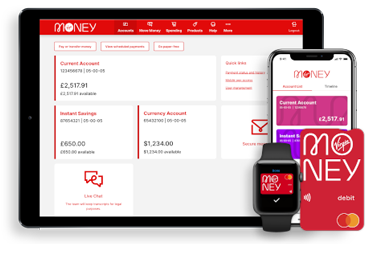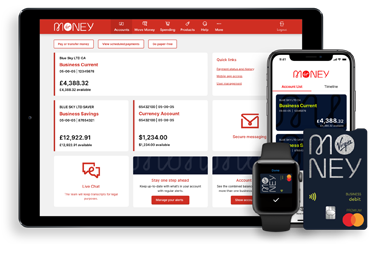Pros and cons of using marketing automation software
< back to all business news articles
20/11/2018

Like most aspects of marketing, automation is another weapon for the arsenal. The idea is to enhance efficiency; automation provides an easier and more efficient platform that allows you to nurture leads until they’re ready to engage with your sales team, instead of letting them fizzle out.
A good example of marketing automation software is HubSpot, though there are many others. Once you’re subscribed, the software tracks who is visiting your website, what they’re downloading, and when may be the best time to contact them. Instead of sending an email blast to 1,000 potential customers on a list manually, you’re only contacting people that are interested. On-going contact, capturing prospect details are all automated.
Marketing automation software can therefore help transform your team from prospecting to closing, but it’s not fool-proof and it does come with its share of headaches.
Pros
1: Set and forget
Once the software is set up, it does exactly what it sounds like – automates your marketing actions, and prioritises the most likely leads. This is a huge saver for your sales team, because they don’t need to be spending their valuable time on repetitive tasks. Automation frees them up to concentrate on what they do best, which is close a sale and provide follow-up support. Even more critically, good automation software does its best to only deliver up the most likely prospects, by ranking the people contacting your business. Those that request information, or click on a number of pages and seem genuinely interested are profiled for you to follow-up.
2: Greater customer reach
Automation means that you can be in contact and supporting (almost) an unlimited number of prospects. Good automation software can deal with thousands of queries and requests for information and be sent follow-up emails and calls to action, without you being involved. You’d never find the time on your own, or your sales staff. You can be sure that continual engagement is a part of your marketing strategy, without having to spend a lot of time doing the grunt work.
3: A defined strategy, with streamlined systems and processes
The great thing about marketing automation is that it forces you and your sales team to sit down and ask questions like:
- What are our real goals and objectives? What do we what to achieve, and when?
- How are those goals defined?
- How do we create systems and processes to facilitate achieving those goals?
- What is our buyer’s journey like? How well do we know our customers?
You can’t set up a marketing automation platform without answering those questions and clearly defining a strategy. The problem is that people get caught up in deadlines and just keep pushing out content and marketing campaigns. If you’re going to build a system that automates all that, you’re forced to sit down and think how it really works.
Cons
1: It’s not free
Although the cost of automation has come down over the years, you still have to fork over some cash (usually on a subscription basis), which means an additional expense.
2: It requires time and management
- A person on the sales team whose priority is inbound marketing. They liaise with the automation platform – such as Hubspot – and their focus is to get marketing automation running smoothly, and manage it so that the rest of the sales team can get on with their jobs.
- Outsource to a marketing agency. If you’ve got the cash to go with this option, then everything is done for you.
3: Automated marketing can be picked up as annoying
As marketing automation sends a similar message to everyone, marketing automation can dial down the personalisation of your business, and the messages can be mistaken for spam. At best, they’ll just be deleted. At worst, they’ll be seen as a nuisance that turns potential customers off your business. And any mistakes will be magnified; an error may go out to thousands instead of just a few recipients, without you knowing about it.
4: Having everything automated means you can miss some opportunities
At times customers need a custom response or approach to be able to win their business. A standard email or download can often be easy to pick, and customers can think you’re being lazy, or thinking that you’re not putting in the time needed to win their business.
Summary
It all boils down to weighing up if your business and customer base will react positively to marketing automation, and if you can fulfil online, even better. Automation is often an essential tool where you have thousands of potential customers and you don’t have the time to ring or visit. But small businesses that have a very specialised market may find it’s more of a hindrance than a help when dealing directly with a customer.
Next steps
- Review your customer base and decide if it’s large enough to warrant automation.
- Talk to similar business owners to find out if they’ve used marketing automation, which versions and how they’ve found it.
- Get the advice of marketing experts. You can read articles and blogs online, or you could arrange a consultation with a marketing agency that specialises in your industry.
POSTED IN: Marketing
SHARE
Related Articles
You can find impartial information and guidance on money matters on the “MoneyHelper” website.
Clydesdale Bank is covered by the Financial Services Compensation Scheme (FSCS), Find out more.


